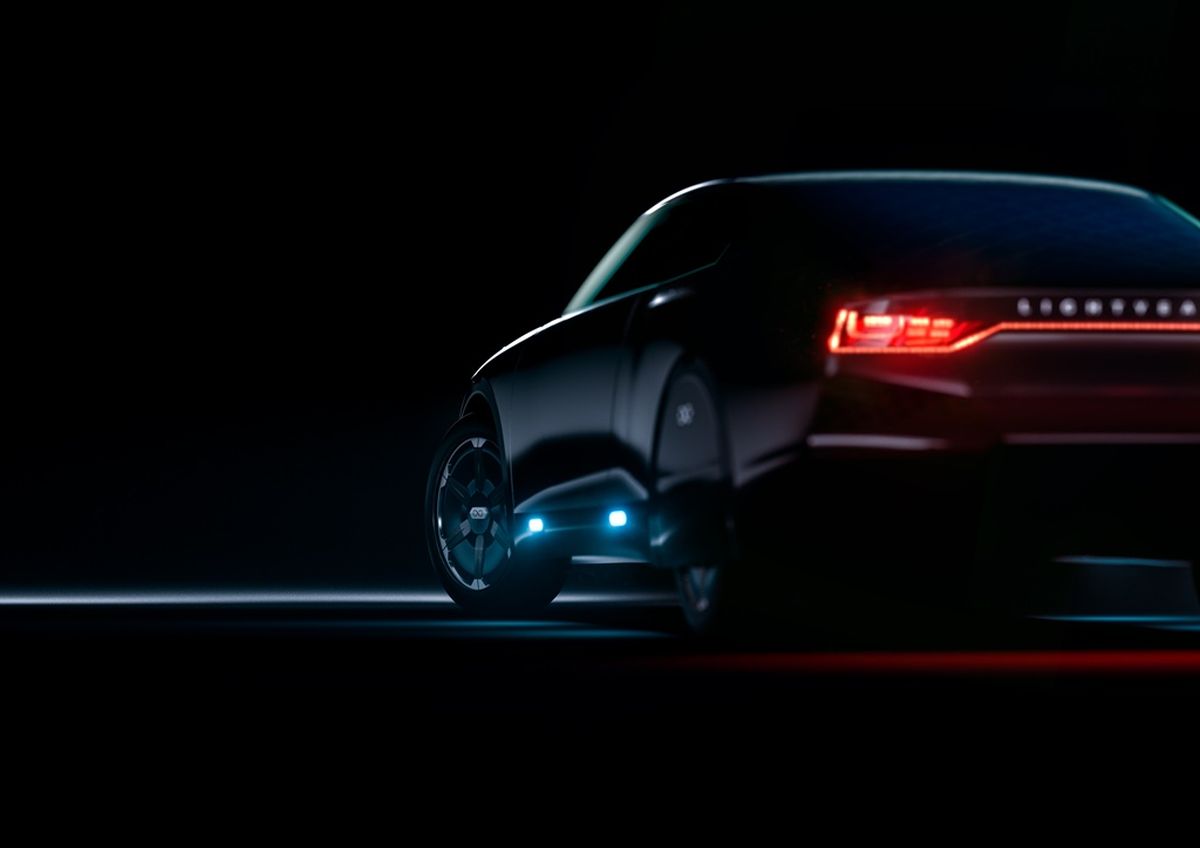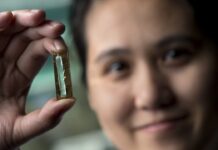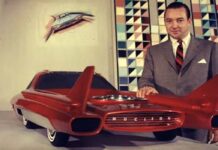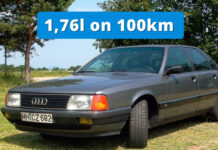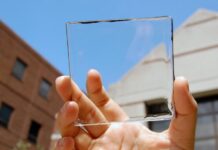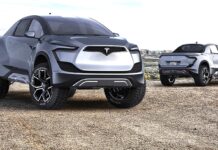(Innovation Origins) Although the model will be launched in 2020, current simulations show that the Lightyear One could become the most aerodynamic production car on the market. The latest tests show that the Cw value, a measure of air resistance, will be below 0.20; significantly lower than the best currently on the market. The ten best Cw values are now between 0.24 and 0.26.
Good aerodynamic performance ensures that energy consumption can be reduced. This is particularly advantageous when used frequently on motorways, for example in business traffic. Due to the lower energy consumption, the car has a greater range and it will even be possible to drive on solar energy. The integrated solar cells in the roof of Lightyear One provide enough to almost completely supply the energy the car needs for daily use, Lightyear says.
Lightyear is working on the technology for a new generation of electric cars that will no longer depend on charging points. The company claims that the first vehicle, the Lightyear One, has a range of 800 kilometres and can charge 2 to 3 times faster than current electric cars. The car can also be charged directly with solar energy, which means that it no longer has to be charged at a charging station for almost the entire summer.
Based at the Helmond Automotive Campus, Lightyear is a fast-growing company with more than 70 employees; both talents from the winning teams of the World Solar Challenge and experienced employees from the automotive industry, including former employees of Tesla, Ferrari and Jaguar. The production hall is currently being built on the Automotive Campus in Helmond and will be completed in September.
